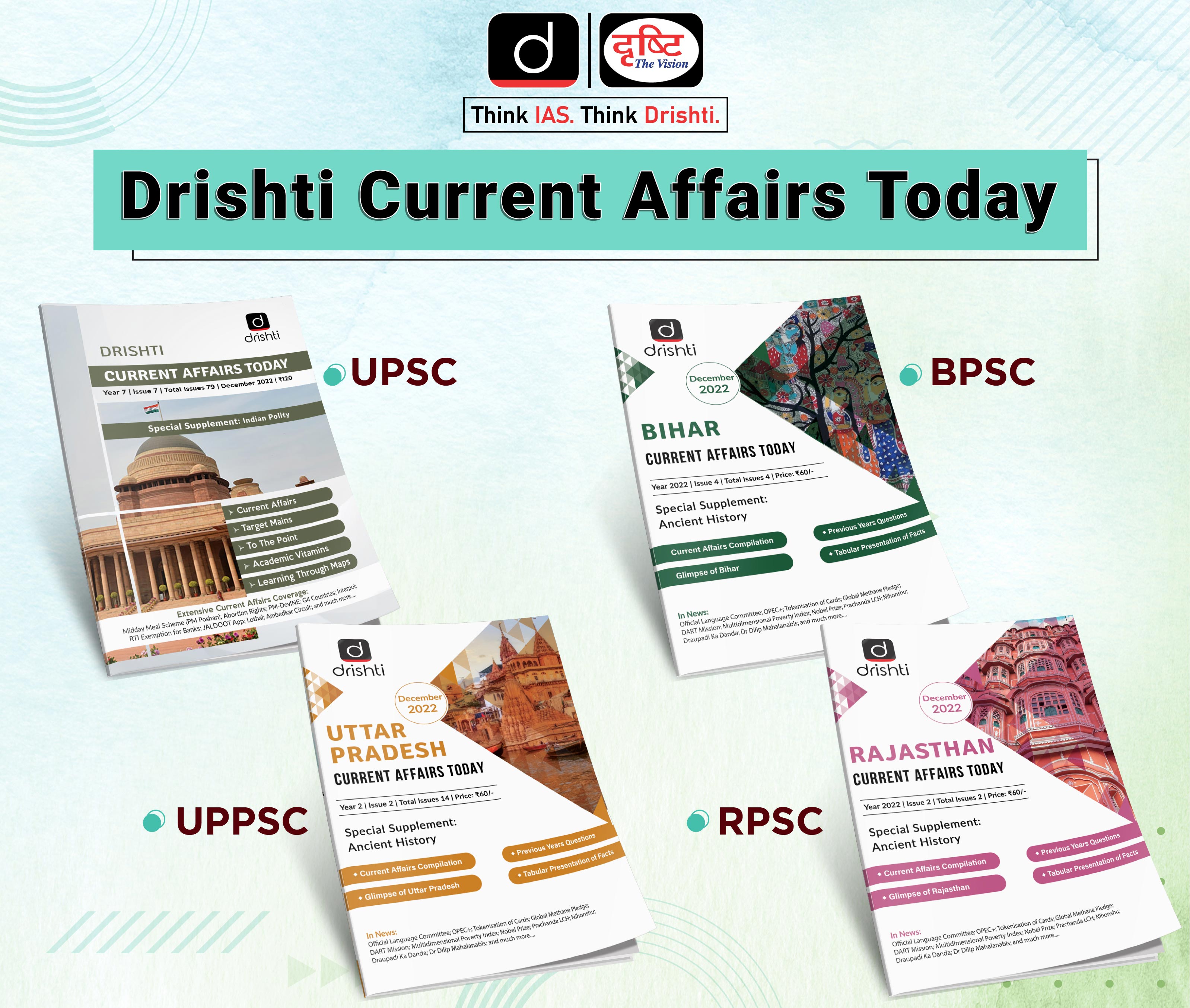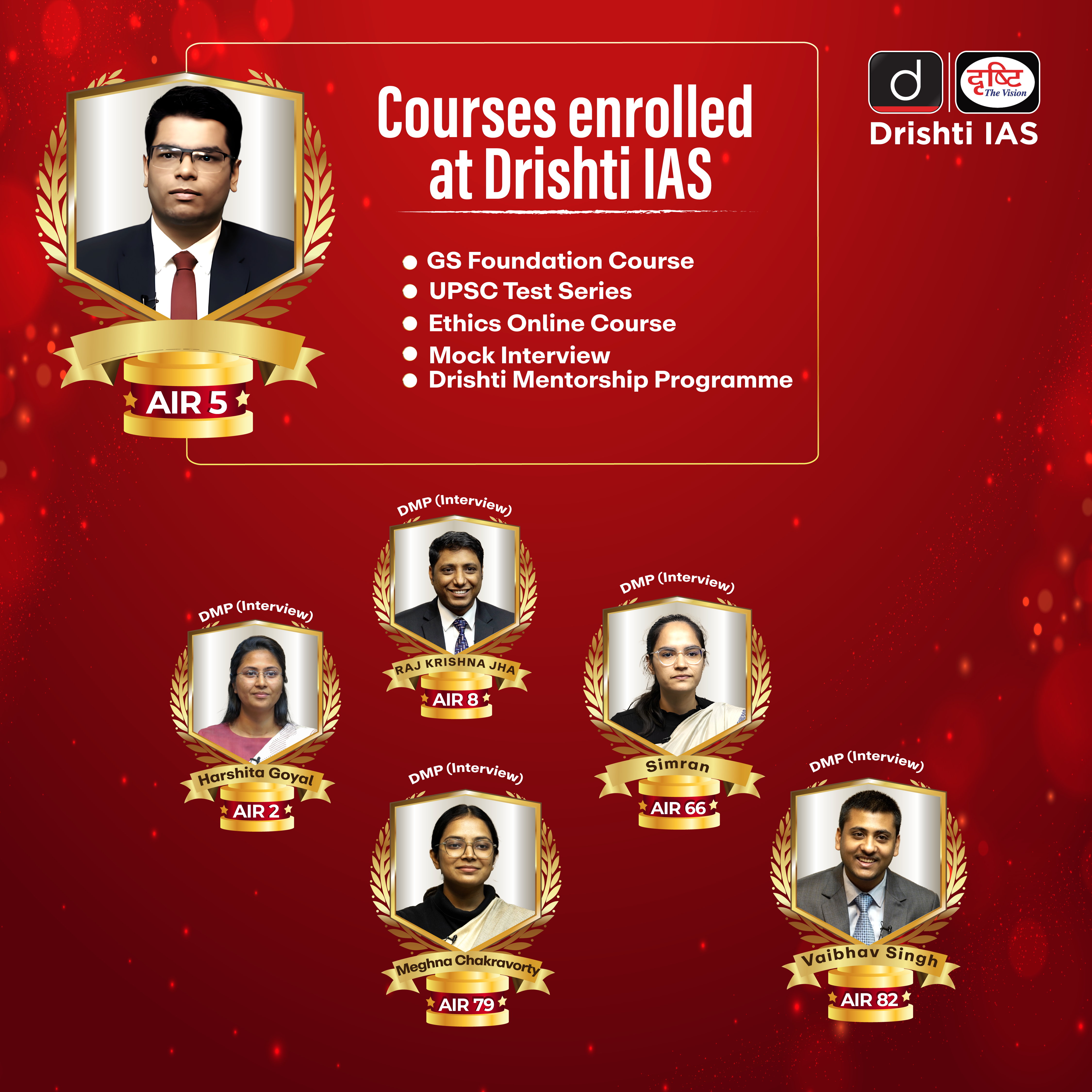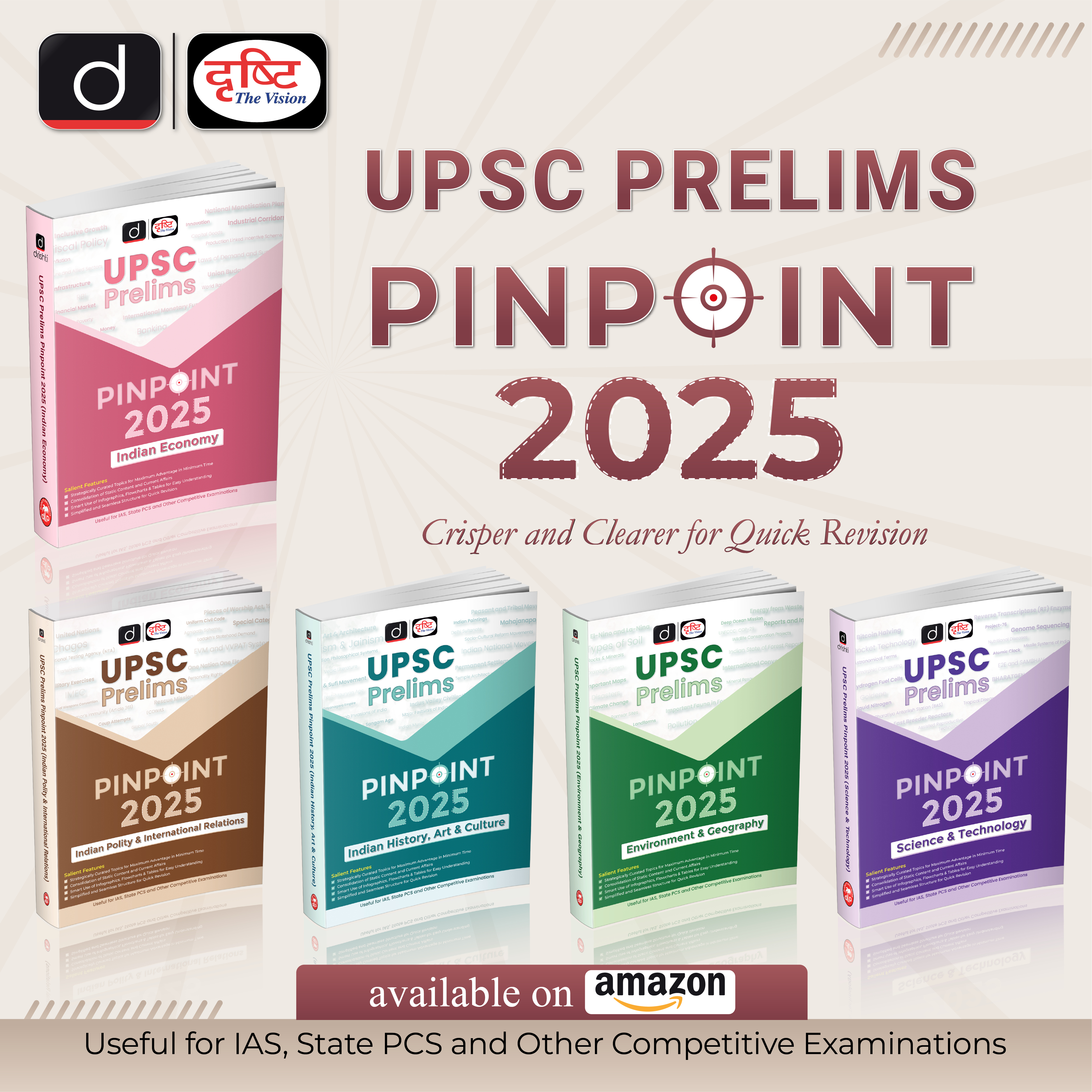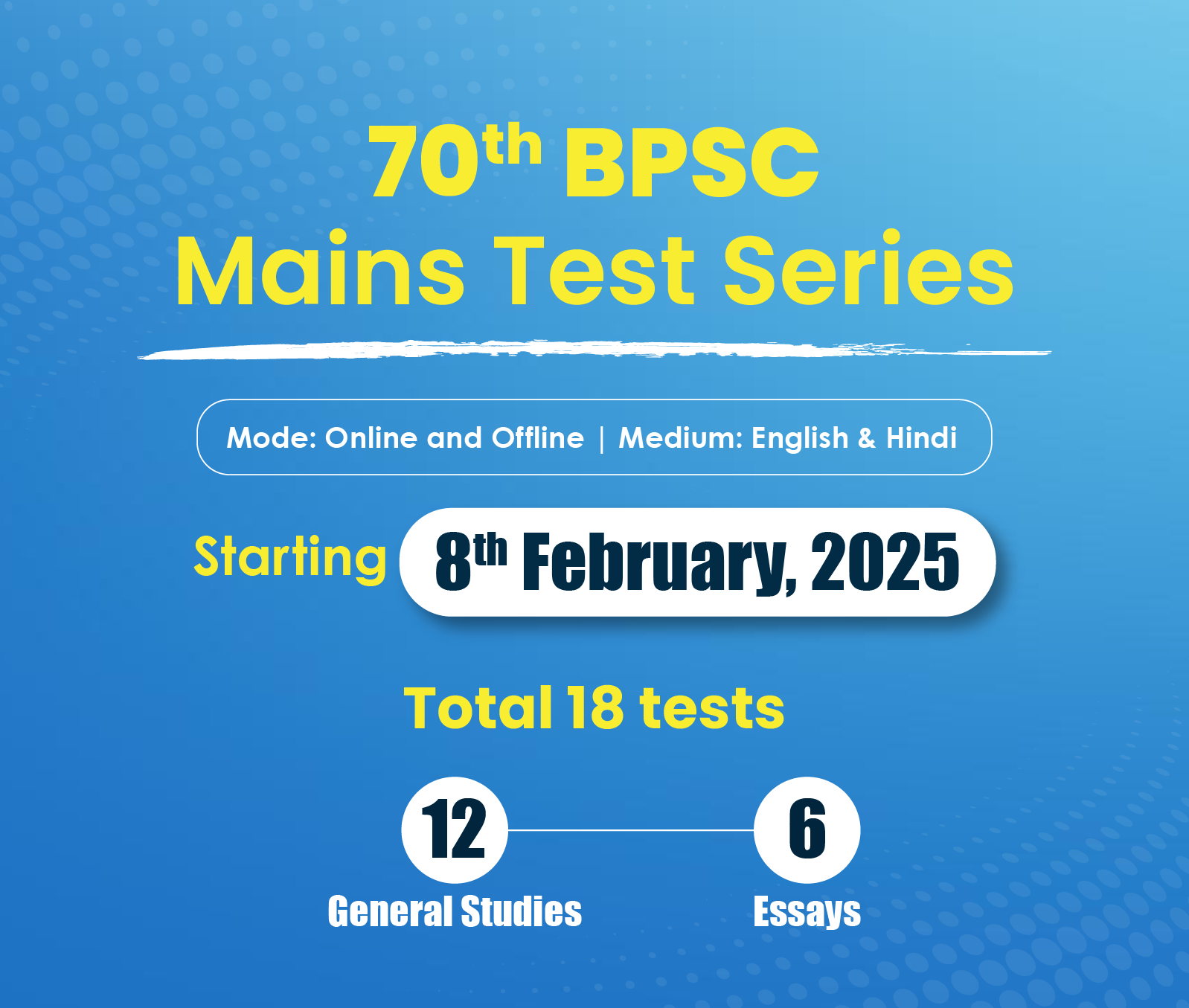Rajasthan Switch to Hindi
Popular Spice Brands Adulterated with Insecticides
Why in News?
Recently, Indian spice labels are deemed inappropriate for human consumption in Rajasthan due to the suspected presence of the cancer-causing chemical ethylene oxide.
- Singapore, Hong Kong, and Nepal have prohibited the distribution of these Indian spice labels.
Key Points
- As per latest reports, Spice brands failed quality tests conducted by the Rajasthan health departments as part of the state's campaign against food adulteration.
- During the sample test, it was found that the spices have thiamethoxam and acetamiprid, ethion, and azoxystrobin.
- The investigation team discovered that the levels of pesticides and insecticides in these spices exceeded permissible limits, which could pose significant health hazards.
Ethylene Oxide (ETO)
- ETO is a chemical used as a sterilizing agent in spices, but it is considered carcinogenic when used beyond certain limits.
- While efforts are being made to prevent ETO contamination, the sample failure rate for Indian spice exports is less than 1% in major markets.
- The Spices Board released guidelines for exporters to prevent ETO contamination and ensure the safety of all markets.
- It advises against using ETO as a sterilising agent for spices and suggests alternatives like steam sterilisation and irradiation.
Thiamethoxam
- Thiamethoxam is moderately hazardous to humans because it is harmful if swallowed. It found it to be no skin or eye irritant, and not mutagenic in any in vitro and in vivo toxicology tests.
Acetamiprid
- It is an organic compound. It is an odorless neonicotinoid (neuro-active insecticides chemically similar to nicotine) insecticide.
Food Safety and Standards Authority of India (FSSAI)
- FSSAI is an autonomous statutory body established under the Food Safety and Standards Act, of 2006.
- FSSAI is responsible for protecting and promoting public health by regulating and supervising food safety and quality in India, operating under the Ministry of Health & Family Welfare.
- FSSAI has a headquarters in New Delhi and regional offices in eight zones across the country.
- The Chairperson and Chief Executive Officer of FSSAI, appointed by the central government. The Chairperson is in the rank of Secretary to the Government of India.


Uttar Pradesh Switch to Hindi
Two-Child Policy
Why in News?
The Uttar Pradesh government recently faced scrutiny over claims that it had implemented a two-child policy as of 7th June, 2024. However, according to official statements, these reports are false and no such policy has been enacted yet.
Key Points
- While a draft bill for such a policy has been submitted to the state government, it has not been passed and formulated as a law.
- The Uttar Pradesh Law Commission had shared a draft of the proposed bill on population control in 2021 with the state government.
- According to the draft bill titled Uttar Pradesh Population (Control, Stabilisation, and Welfare) Bill, 2021, couples with more than two children would not be allowed to apply for government jobs, seek promotions, or benefit from government welfare schemes.
- A similar policy is in place in Assam, which bars parents with more than two children from government jobs under the Assam Public Services (Application of Small Family Norms in Direct Recruitment) Rules, 2019.
Two-Child Policy
- Need:
- India’s population has already crossed 125 crores and India is expected to surpass the world’s most populous nation-China in the next couple of decades.
- Despite having the National Population Control Policy (2000), India is the second most populous country in the world.
- Thus, India’s natural resources are extremely over-burdened and facing overexploitation.
- Criticism:
- The restricted child policy will create a shortage of educated young people needed to carry on India’s technological revolution.
- The problems like gender imbalance, undocumented children, etc. faced by China (as a result of the one-child policy) might be experienced by India.


Uttar Pradesh Switch to Hindi
Maha Kumbh
Why in News?
In a statement released after an official meeting the Uttar Pradesh Chief Minister said that the Maha Kumbh, which is being organised in Prayagraj in 2025, will have a "big impact" on the state's economy with crores of people attending the event.
- A study should be conducted on attracting both domestic and foreign tourists, and a concrete action plan should be developed for this purpose.
Key Points
- In the official meeting, the Chief Minister discussed the ongoing efforts, current results and future policy towards fulfilling the resolution of making the state a USD 1 trillion economy.
- It is emphasized that all the ministers and senior officials should make special efforts towards ease of living and maximum employment generation.
- The total Gross Domestic Product (GDP) of the state was 16.45 lakh crore in 2021-22. It increased to more than 25.48 lakh crores in 2023-24.
- Uttar Pradesh is contributing 9.2% to the national income and is becoming the growth engine of the country's development as the second largest economy of the country.
- The unemployment rate of the state, which was 6.2% in 2017-18, has come down to 2.4% in 2024.
Maha Kumbh
- Kumbh Mela comes under United Nations Educational, Scientific and Cultural Organization (UNESCO)’s Representative List of Intangible Cultural Heritage of Humanity.
- It is the largest peaceful congregation of pilgrims on earth, during which participants bathe or take a dip in a sacred river.
- It takes place on the banks of the Godavari river in Nashik, the Shipra river in Ujjain, the Ganges in Haridwar, and the confluence of the Ganges, Yamuna, and the mythical Saraswati river in Prayagraj. The confluence is referred to as the ‘Sangam‘.
- As it is held in four different cities in India, it involves different social and cultural activities, making this a culturally diverse festival.
- The over month-long fair is marked by the construction of a massive tented township, complete with cottages, huts, platforms, civic facilities, administrative and security measures.
- It is organized immaculately by the government, the local authorities and the police.
- The mela is especially renowned for the presence of an extraordinary array of religious ascetics enticed from remote hideaways in forests, mountains and caves
.


Jharkhand Switch to Hindi
Naxal Issue Confined
Why in News?
According to the Director General of Police (DGP), the joint attacks on Naxalites in Jharkhand have contained their operations to just 5 out of the total 24 districts, with Chaibasa facing the most impact.
Key Points
- Naxalism originated as rebellion against local landlords who bashed a peasant over a land dispute.
- The rebellion was initiated in 1967, with an objective of rightful redistribution of the land to working peasants under the leadership of Kanu Sanyal and Jagan Santhal.
- Started in West Bengal, the movement has spread across Eastern India; in less developed areas of states such as Chhattisgarh, Odisha and Andhra Pradesh.
- It is considered that Naxals support Maoist political sentiments and ideology.
- Maoism is a form of communism developed by Mao Tse Tung.
- It is a doctrine to capture State power through a combination of armed insurgency, mass mobilization and strategic alliances.
- Efforts are currently in place to combat drug trafficking, leading to the apprehension of drug peddlers and significant seizures of opium under the the Narcotic Drugs and Psychotropic Substances (NDPS) Act, 1985.
Drug Trafficking
- Drug trafficking refers to the illegal trade involving the cultivation, manufacture, distribution, and sale of illicit drugs.
- It encompasses a wide range of activities associated with the illegal drug trade, including the production of drugs such as cocaine, heroin, methamphetamine, and synthetic drugs, as well as the transportation and distribution of these substances.
- Drug trafficking operates within a complex network of criminal organisations that span across borders, regions, and even continents.
The Narcotic Drugs and Psychotropic Substances (NDPS) Act, 1985
- It prohibits a person from producing, possessing, selling, purchasing, transporting, storing, and/or consuming any narcotic drug or psychotropic substance.
- The National Fund for Control of Drug Abuse was also created under a provision of the NDPS Act, 1985, to meet the expenditure incurred in the implementation of the Act.


Chhattisgarh Switch to Hindi
Protests in Chhattisgarh
Why in News?
In a violent protest, numerous members of the Scheduled Caste Satnami community in Chhattisgarh's Baloda Bazar district burned a section of the collectorate building, damaged vehicles, and had conflicts with the police to demonstrate against the violation of their religious site, Jaitkham.
Key Points
- The Jaitkham, also known as the Victory Pillar, holds significant importance for the Satnami community in Chhattisgarh.
- It is a revered religious symbol representing the triumph of good over evil and the spiritual heritage of the community.
- Located at the Amar Gufa, the Jaitkham (religious pillar) is a place of worship and a focal point for cultural and religious gatherings, embodying the identity and history of the Satnami people.
- The protest stems from the incident when the Jaitkham religious site of the Satnami community in Giroudhpuri town, Baloda Bazar district, was attacked.
- Satnami community members see its desecration as a profound disrespect and an attack on the community's beliefs and traditions.
Satnami Community
- The Satnamis of Chhattisgarh were a group of people, who formed a socio-religious movement in Bengal during the British period.
- The movement was founded and led by Ghasi Das of Bilaspur district and he was thought to be an untouchable leather worker.


Haryana Switch to Hindi
Samadhan Prakoshth
Why in News?
The Haryana Government has set up "Samadhan Prakoshth" in the Chief Secretary’s Office to handle public grievances.
- This initiative will include 'Samadhan Shivir' sessions at district and sub-divisional headquarters every working day, with the goal of resolving public issues effectively.
Key Points
- Public grievances are divided into policy issues and implementation bottlenecks.
- Policy-related issues will be handled at the state headquarters level by the ‘Prakoshth’ in coordination with Administrative Secretaries.
- Implementation bottlenecks will be resolved through the ‘Samadhan Shivir’ at the district level.
- Key district officials, including the Deputy Commissioner, Superintendent of Police, Additional Deputy Commissioner, District Municipal Commissioner, Sub Divisional Officers, and other relevant officers, will meet daily in the Deputy Commissioner’s and SDO (Civil) offices to resolve public grievances.
- Haryana's scheme related to public grievances:
- CM Window – Public Grievances Redressal and Monitoring System.
- It is a grievances redressal and monitoring system implemented since 25 December 2014 in all districts and all departments of Haryana as Flagship programme of the State.
- These grievances are registered at the CM Window counters online and the citizens get the SMS on his/her mobile phone with the grievance registration number.
- This number is used by the complainant for tracking of grievance redressal online. CM Window is implemented at all Districts at e-Disha Kendras & Sub-Division Offices to get the grievances from common citizens.
- CM Window – Public Grievances Redressal and Monitoring System.










%20MPPCS%202025%20Desktop%20E.jpg)
%20MPPCS%202025%20Mobile%20E%20(1).jpg)










.png)
.png)











 PCS Parikshan
PCS Parikshan

